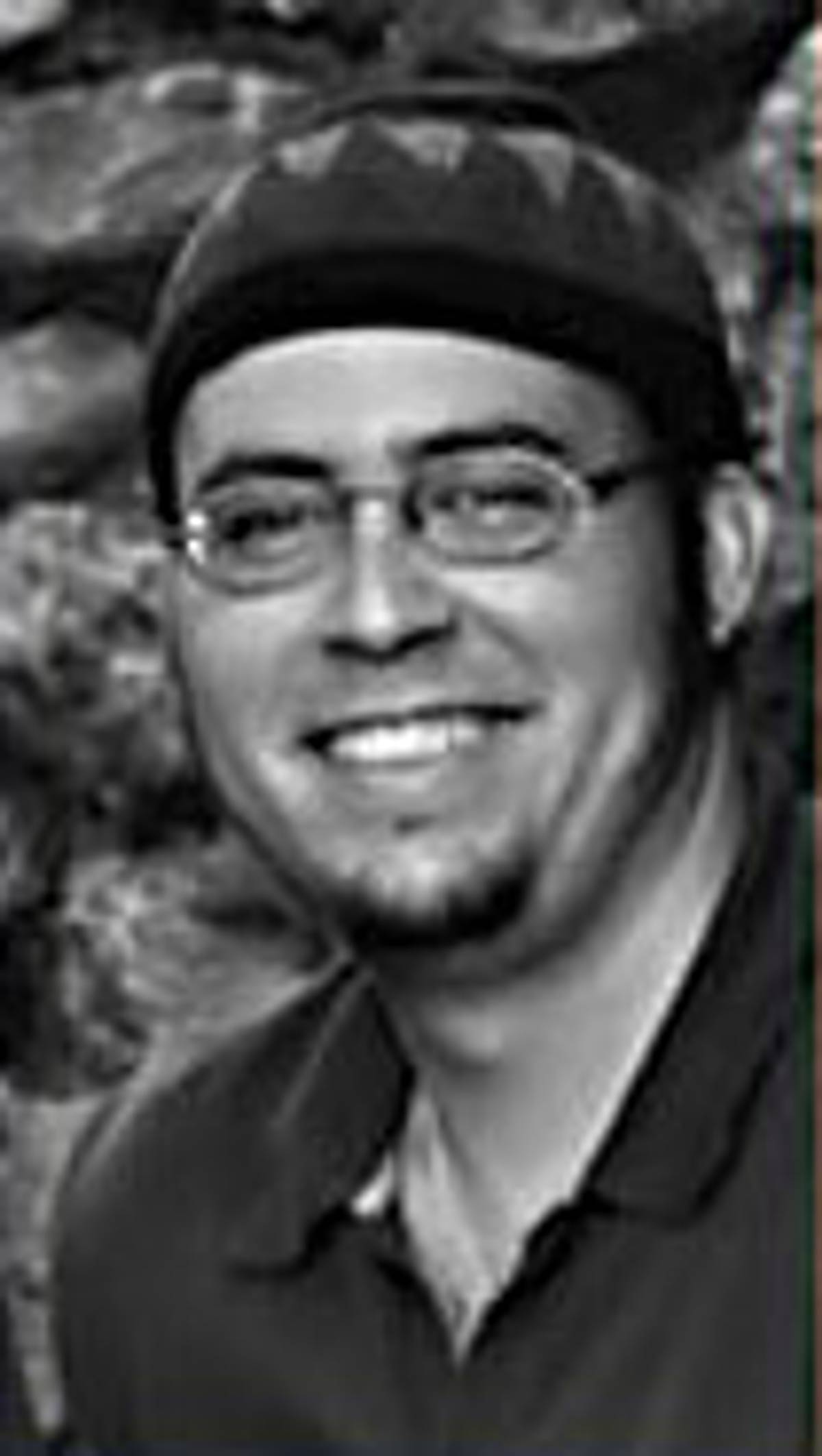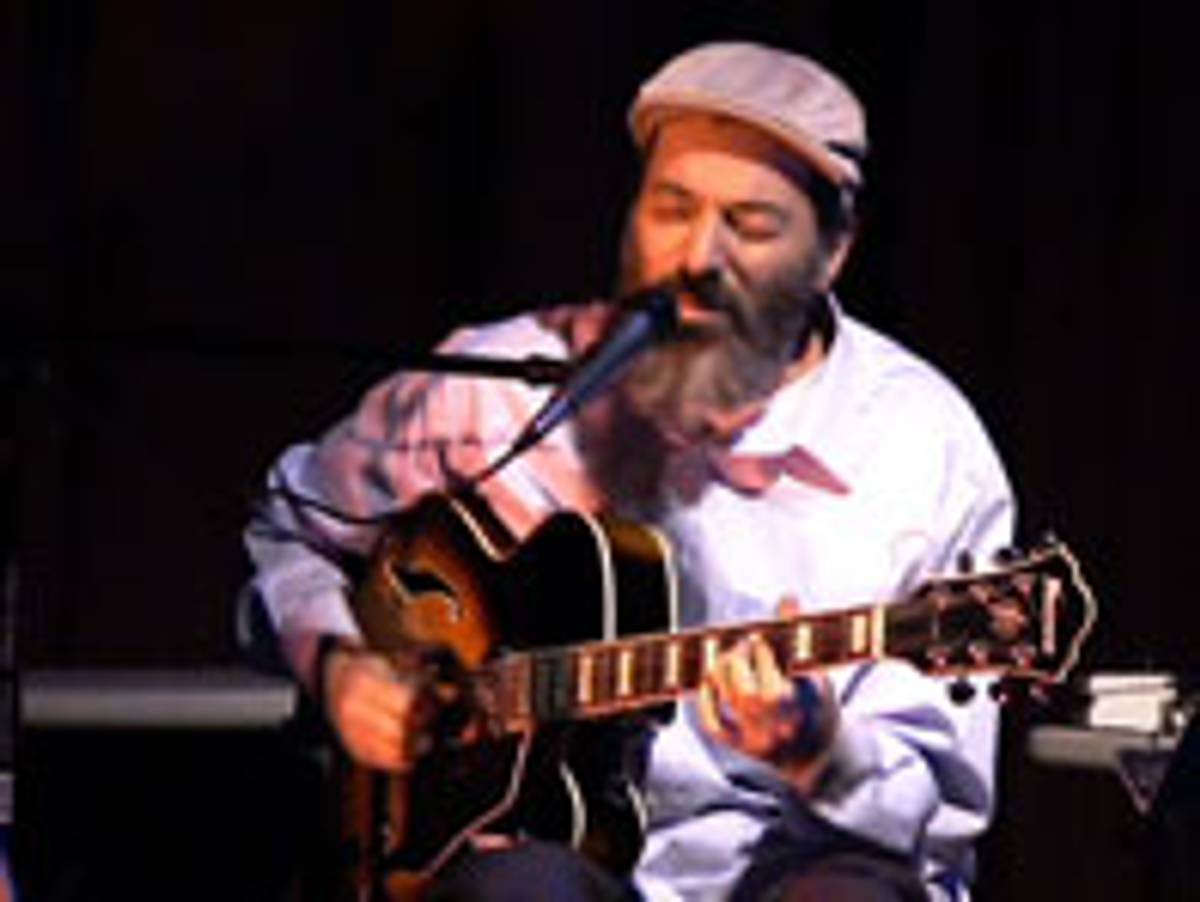Wandering about an exhibition of illustrated Sephardic proverbs at the Center for Jewish History, killing time before a Sephardic Music Festival concert, I couldn’t help but view the physical separation between the museum’s Sephardic and Ashkenazi exhibits as a metaphor for the Jewish community at large: a house divided, as it were, between its Sephardic and Ashkenazi wings.
Growing up in Montreal, a city with a large Ashkenazi population and a smaller Sephardic one (hailing primarily from Francophone North Africa), that division often seemed quite stark, even brutal. You’d think that the shared external threat of anti-Semitism in a predominantly Roman Catholic province with a history of Jew-bashing would bring Jews of all stripes together, but no such luck. Many Ashkenazi Jews regarded Sephardim as an inferior species; some of the Ashkenazi kids at my high school even taunted our lone Sephardic classmate with the flagrantly racist nickname “Nigmo,” a combination of “nigger” and “Moroccan.”
It’s ironic, this ethnic divide at the heart of a community so often persecuted on ethnic grounds; and silly, too. Many Ashkenazi Jews have Sephardic relatives, if not Sephardic blood; and most have unwittingly mouthed prayers composed by Sephardic scholars and poets, often to Sephardic melodies.
Those melodies, by the way, are gorgeous. Sephardic music draws on a vast swath of traditions, from Spanish flamenco to Turkish classical music, and contemporary Sephardic performers can pick and choose from an enviable collection of repertoires and performance styles, many of which have developed over hundreds of years.

Samuel R. Thomas, a musician and ethnomusicologist of Sephardic descent who curated the performance I attended, programmed the event with an eye towards highlighting that depth and diversity. Gibraltar-born multi-instrumentalist and songwriter Elie Massias opened the concert with a solo performance that artfully combined liturgical texts with electronic loops and modern jazz harmonies, while the Brooklyn-born Syrian/Egyptian cantor and oud player Victor Esses followed with a genre of devotional song that has been popular with Syrian Jews for well over a century. “The idea was to strike a balance between someone preserving the traditional wholeheartedly, and someone stretching the tradition wholeheartedly,” Thomas told me. Both sets were fascinating.
Massias recast several traditional songs, including a fragment from Psalms and a segment of the grace after meals, as simple vamps decorated with beautifully improvised melodies, limpid chords and flamenco licks; and he thickened the texture by looping his own guitar accompaniment in order to add layers of additional melody and rhythm, and occasionally

picking up a soprano saxophone or drumming on a cajon. He sang in a mixture of Hebrew and the Gibraltar variant of Ladino, or Judeo-Spanish; but he sometimes simply scatted along with his own instrumental improvisations, in a voice that was alternately breathy and keening.
Massias reminded me of the Benin-born jazz guitarist Lionel Loueke. Like Loueke, Massias has forged something new and distinctive from the music he grew up with. But while Loueke has fused traditional West African palmwine guitar with jazz and electronic effects, Massias draws upon the unique musical culture of his native Gibraltar—a culture that was influenced by both Spain and Morocco. (Like those of many Gibraltan Jews, Massias’ ancestors came from Tetuan, a Moroccan port city to which large numbers of Iberian Jews fled following their expulsion from Spain in 1492.) Other Sephardic performers have engaged in similar projects—Sarah Aroeste and Pharaoh’s Daughter both come to mind—but few have conveyed such a profound sense of spontaneity and freshness.

Esses’ Tarab Ensemble—a quartet featuring oud, violin, darabuka and nai”looked further East for its inspiration and material, performing a series of pizmonim, devotional songs that set Hebrew poetry against melodies borrowed from classic Arab popular music. (The word tarab refers both to a kind of urban Middle Eastern music that originated in the 19th century, and to the feeling of ecstasy that the music is meant to produce.) Historically performed at Syrian Jewish weddings and bar mitzvahs, pizmonim are gradually disappearing, replaced, as Esses explained in a Q&A session at the end of the concert, by modern electronic pop music. (On the one hand, tastes change. On the other, it’s easier—and cheaper—to pay one musician to play an electric keyboard at your kid’s bar mitzvah than to hire an entire acoustic ensemble.)
That’s a minor tragedy. The phrase “classic Arab pop” might not sound inspiring, but the phenomenon certainly is: this is highly refined music that features elaborate compositions and extended improvisation, all cast in the classical Arabic modes known as maqamat. (More than just a scale, a maqam implies an associated set of melodies and ornaments.) The pizmonim have the feel of suites, with each section marked by shifts in tempo, rhythm and mode; and Esses sings in the intensely melismatic, microtonal style that defines virtually all traditional Arab song (including Kuranic chant), with each syllable sliding around on a bunch of pitches—some of them so small, they’d fall between the white and black keys of an ordinary piano keyboard.
Thomas notes that while tension still exists between Sephardim and Ashkenazim, the latter have shown greater interest in Sephardic culture in recent years. Indeed, many of the performers at the festival are Ashkenazi. “It’s like white artists participating in hip hop,” he says. “People are jumping on the Sephardic bandwagon.”
Ordinarily, I might be disturbed by the thought of people diving into the shallow end of a rich cultural tradition just because it seems exotic or approximates the Jewish musical equivalent of a fashionable trend, like oversized handbags. But anything that brings Ashkenazim and Sephardim closer together seems like a welcome change.
Alexander Gelfand is a recovering ethnomusicologist, a sometime jazz pianist, and a former West African drummer. His work has appeared in the New York Times, the Chicago Tribune, the Forward, and elsewhere.